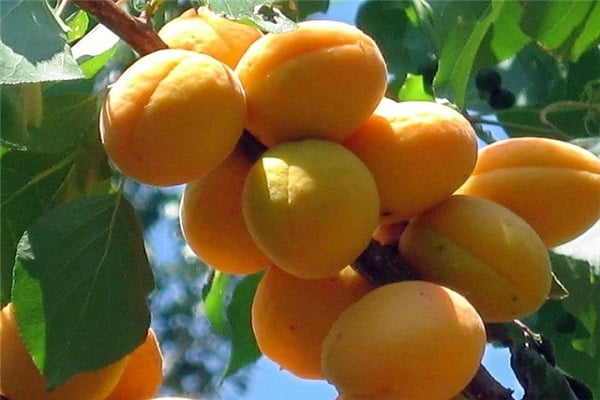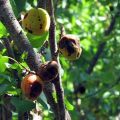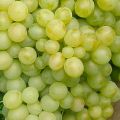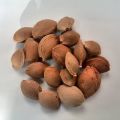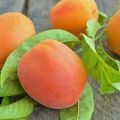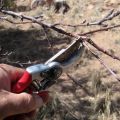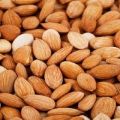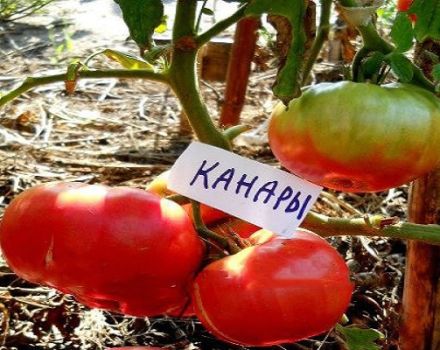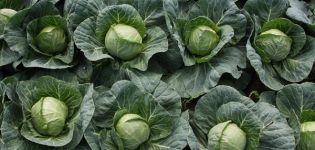Description of the Apricot variety Delight and characteristics of yield and frost resistance
Apricot variety Delight is known to many gardeners in Russia. It is quite popular due to its many growing benefits. Thanks to this, the fruit tree honestly earned a lot of positive reviews from different regions of the country. If we compare the northern and winter-hardy varieties, Rapture will take the leading position among them.
Breeding history
Garden culture dates back to relatively recent times. The authors of a worthy winter-hardy variety - breeders Gasimov F.M., Mulloyanov K.K., Delight turned out after free pollination. Apricot seedlings are also known by another name - Piquant.
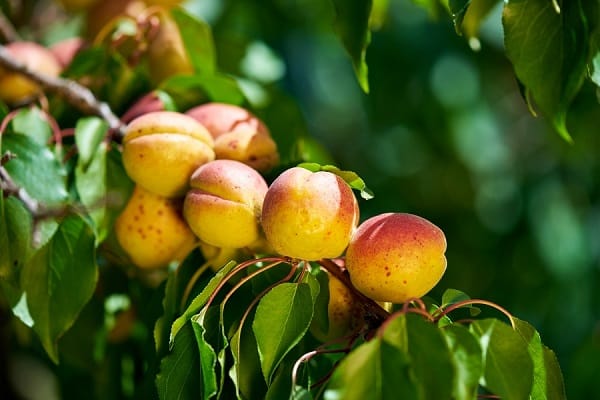
Description of the variety
In height, a fruiting apricot tree Rapture does not grow higher than 3 meters. The average crown diameter is 4.5 m.
In the description of the variety, the fruits are characterized as follows:
- rounded, even from the sides;
- the weight of one is about 23 g;
- color yellow with red blush;
- the peel is loose, thin, inseparable;
- the pulp is medium-dense, light orange in color.
Apricot is noted as a good honey plant, it produces a lot of bee bread. Thanks to this, bees are attracted even in cloudy weather.
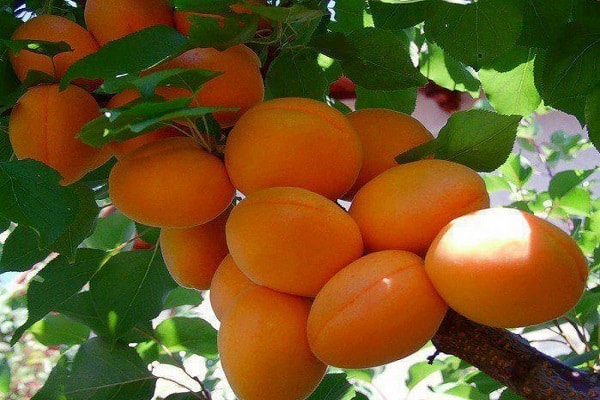
Growing features
Before planting, the apricot seedling is inspected. It should not have damaged or dry shoots. The roots should be dense, elastic without damage and disease.
Landing site requirements
The place for cultivation is selected sunny, protected from gusts of wind. A distance of 4 meters is left from the apricot to the nearest trees. This gap will allow the trees to grow freely, they will not interfere with each other.

Soil selection
A medium acid or slightly alkaline soil is recommended for planting. Too acidic is neutralized with lime or dolomite flour, which are introduced in the autumn during the digging of the garden.
An apricot seedling is planted in a pit, where peat, river sand, and alumina are added in equal parts.
Important! Do not plant Rapture close to groundwater. Due to stagnation of moisture in the ground, the root system of the tree begins to rot, in the future this provokes the appearance of fungi.
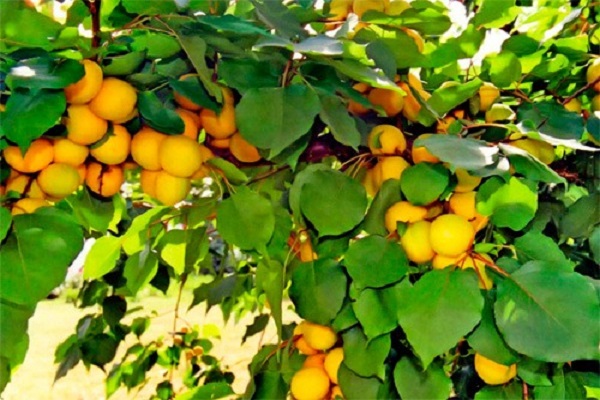
Tree care
Apricot produces decent yields, subject to the rules of agricultural technology.
Watering
The Vostorg variety is noted for its high resistance to arid conditions. Despite this, trees must be watered at least once a month.
After watering or rain, the soil is loosened, and the trunk circle is mulched.
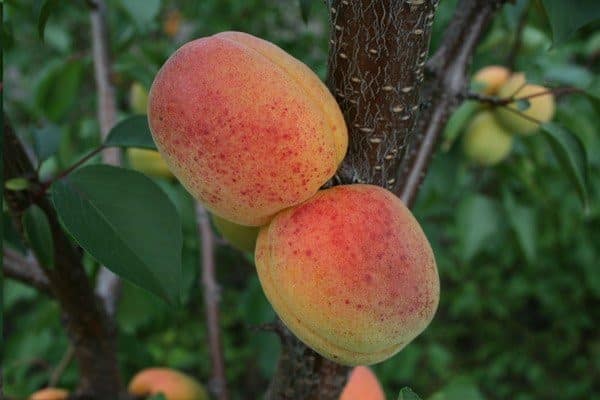
Pruning
The procedure is carried out in the spring before the buds dissolve.Shoots that are frozen, broken, dried out, have lost their strength are removed. Places of cuts are covered with a garden varnish or sprinkled with charcoal, previously crushed.
At the end of the season, weakened young shoots are cut. The thickened crown is also thinned out for better penetration of sunlight and fresh air.
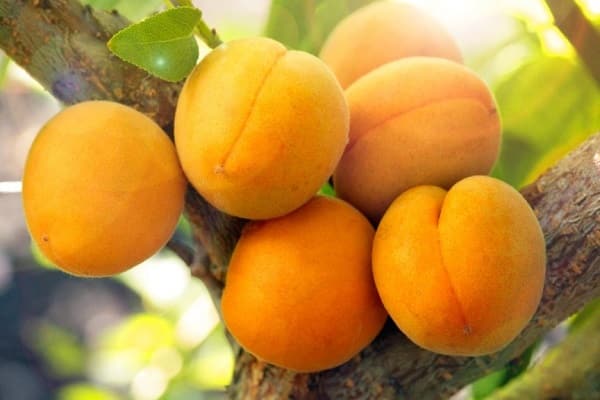
Advantages and disadvantages of the variety
Apricot Delight has the following positive qualities:
- Fruit size.
- Productivity.
- Winter hardiness.
- Good drought tolerance.
- Immunity to fungi and pests.
The main disadvantage is the low level of self-fertility. In this regard, it is required to plant pollinators.
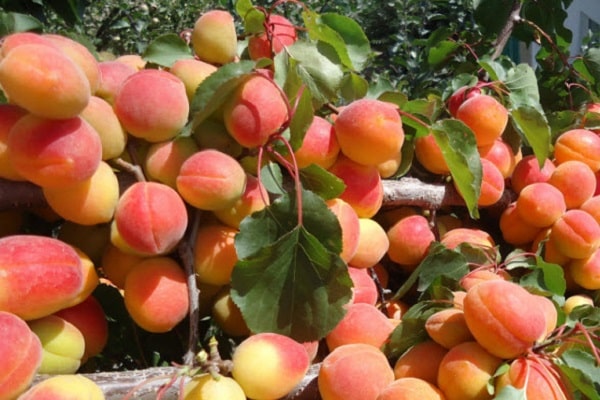
Pests and diseases
High humidity provokes the formation of fungal infections, and also contributes to the development of diseases such as clasterosporia, moniliosis, verticillosis. As a preventive measure, apricots are annually pruned, whitened and sprayed with fungicides.
Aphids settle on the backs of the leaves, sucking the liquid out of them. Shoots lack nutrition, trees do not develop well.
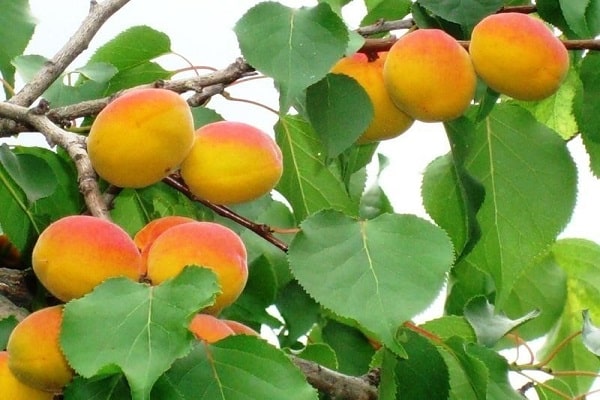
In August, moths actively eat ripening fruits, and go to winter in the ground near the trunk or in the lower parts of trees under the bark.
Leaf rollers feed on buds and leaves, which also harms the full development of the apricot.
In order to prevent the spread of pests, damaged apricots are collected and destroyed in a timely manner, the old bark is peeled off, the stem is whitewashed, the soil is dug up, and single caterpillars are destroyed.
